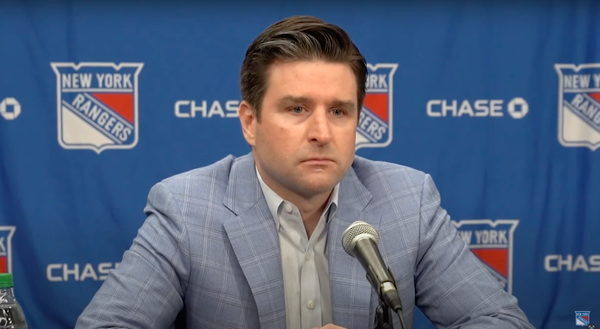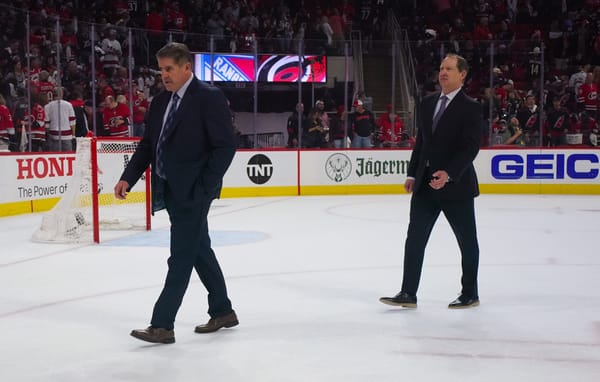The NHL Deserves a Pat on the Back
With the Ilya Kovalchuk drama looking as if it was going to drag on even further earlier this week, the National Hockey League elected to take a big risk in order to finally put the saga to rest. An ultimatum was laid out by the league to the NHL Player's Association, giving them an option to amend the collective bargaining agreement or have Kovalchuk's contract with the New Jersey Devils denied yet again. Lucky for Gary Bettman and Company, the PA decided to meet at a middle ground, which was what was going on Friday afternoon into Friday night.
While Kovalchuk's 15 year/$100 million contract with the Devils will be approved, it will be the last of its kind as the league is putting an end to cap circumvention. This also means contracts such as Roberto Luongo, Marc Savard, Marian Hossa and Chris Pronger will remain untouched as well, even though there were investigations concerning those prior to yesterday's changes.
In addition to submitting the Kovalchuk deal, there were new regulations established in order to control long-term contracts of five or more years.The two main changes are explained below by Dan Rosen of NHL.com:
1. While players and clubs can continue to negotiate long-term contracts (five years or longer) that include contract years in a player's 40s, for purposes of salary-cap calculation the contract will effectively be cut off in the year of the contract in which the player turns 41.
This basically means that if a 33-year-old player signs an eight-year contract, the amount owed to him in the first seven years of the contract will be averaged for the purposes of salary-cap computation. Then, in Year 8 of the contract, the salary he will make for that particular season will determine his salary-cap hit for that season.
2. In any long-term contract that averages more than $5.75 million for the three highest compensation seasons, the cap charge will be a minimum of $1 million for every season in which the player is 36-39 years of age. That $1 million value will then be used to determine the salary cap hit for the entire contract. If the contract takes the player into his 40s, the previous rule goes into effect.
The club and player still can agree to a contract that pays a player less than $1 million when he is at those ages, but for salary-cap purposes the number applied to the team's annual average salary will be $1 million.The National Hockey League should take a bow for the developments this past week. Not only did they take a big-time risk that eventually paid off, but they also had the changes they wanted implemented into the CBA without much of a fight from the Player's Association. Both sides said the other was very cooperative and interested in their needs during negotiations.
This was crucial because if, say, the NHL's ultimatum backfired and the PA decided to fight, an ugly mess would have progressed right into another lockout. I think both sides clearly see that another period of stoppage would cripple the league long-term, so they worked together to end this peacefully.
Now that this is all past us and Kovalchuk is finally a Devil, we shall move on with our lives and get ready for training camp.




